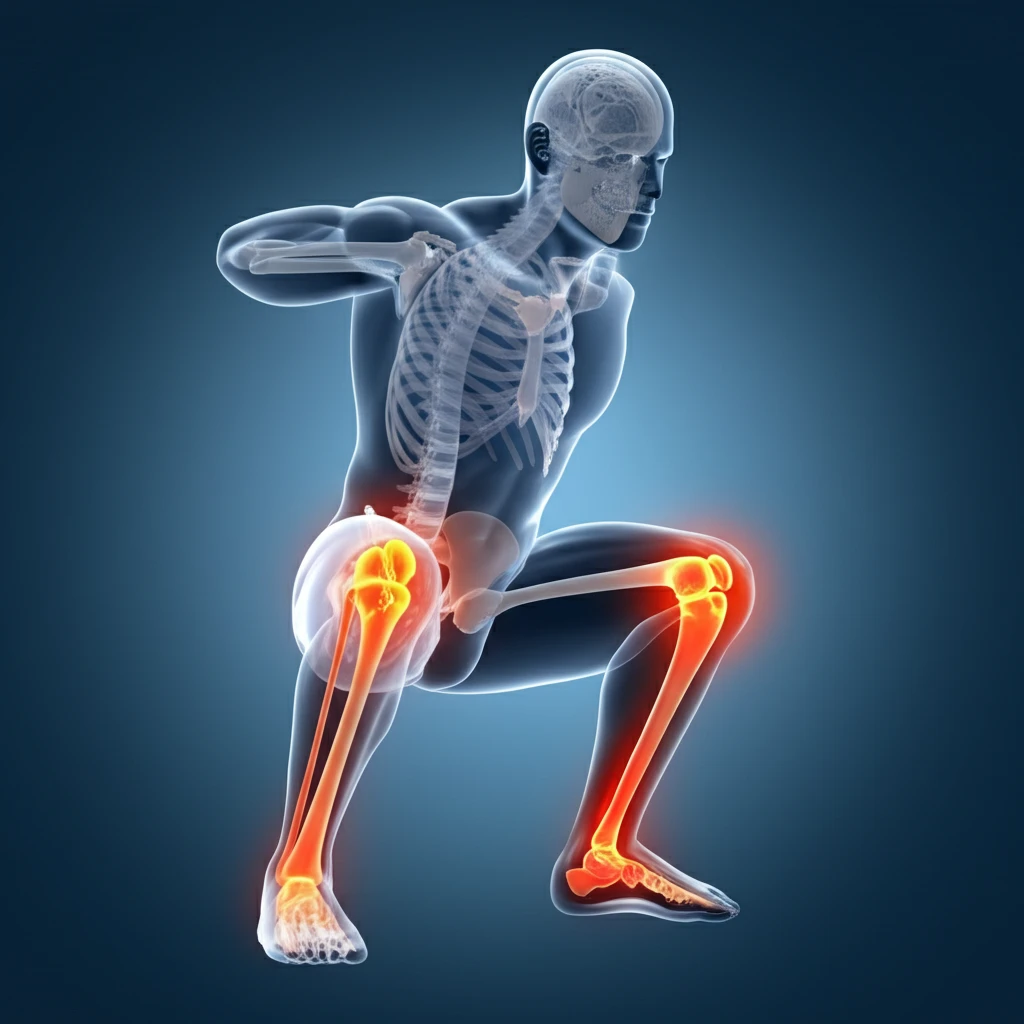
Squat Right, Play Strong: How to Sidestep Injury with Proper Form
"Uncover the link between your squat technique and injury risk, and learn how to safeguard your athletic performance."
For athletes, the squat is more than just a gym exercise; it's a foundational movement pattern that mirrors activities across a multitude of sports. Whether you're a basketball player leaping for a rebound or a soccer player powering through a sprint, the ability to squat correctly translates to enhanced performance and reduced injury risk. But what happens when squat form falters? Recent research sheds light on the connection between squat technique and injury rates, particularly among young athletes.
A study published in 'Physical Therapy in Sport' investigated the relationship between double-leg and single-leg squat performance and injury incidence among incoming NCAA Division I athletes. The findings suggest that athletes with poor movement quality during squats are more susceptible to lower extremity injuries. This underscores the importance of proper squat mechanics, not only for strength gains but also for injury prevention.
This article breaks down the key findings of this research and translates them into practical advice. You'll learn how to identify potential squatting flaws, understand their impact on injury risk, and discover strategies to optimize your squat form for long-term athletic success. Whether you're a seasoned athlete or just starting your fitness journey, this information will empower you to train smarter and play stronger.
The Squat-Injury Connection: What the Research Reveals

The study, conducted with 111 incoming NCAA Division I athletes across 10 varsity sports teams, assessed squat performance using specific criteria for both double-leg squats (DLS) and single-leg squats (SLS). Assessors categorized athletes as having 'poor' or 'non-poor' movement quality based on observed errors during the squat. Lower extremity injury data was then collected over the following year to determine any correlation.
- Poor movement quality during squats may increase the risk of lower extremity injuries in athletes.
- Both double-leg and single-leg squats can be valuable assessments of movement quality.
- Addressing squatting flaws through targeted interventions may reduce injury risk.
Optimize Your Squat, Optimize Your Performance
While more research is needed to fully understand the intricacies of the squat-injury relationship, this study provides valuable insights for athletes, coaches, and trainers. By prioritizing proper squat mechanics and addressing movement flaws, you can enhance athletic performance, reduce the risk of injury, and ensure long-term participation in the sports you love. Remember, it's not just about how much you lift; it's about how well you move.
